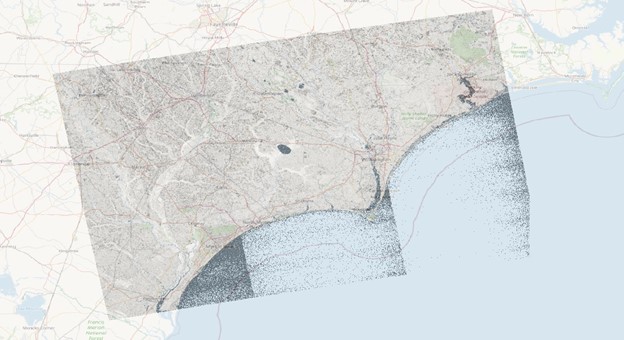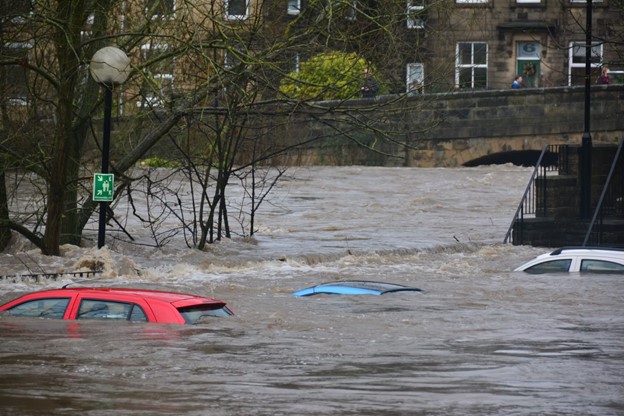Devastating floods are making headlines worldwide, but advances in deep learning for detection could turn uncertainty over evacuations into yesterday’s news.
Applying a data set of 66,000 images, data scientists have created an ensemble of models for predicting flood zones. And the models are generalizable for application to new geographies.
The findings, published in a recent paper, will be discussed in a presentation at the NVIDIA GTC 2021 conference next month.
The pioneering effort landed second place at the Emerging Techniques in Computational Intelligence (ETCI) 2021 competition on flood detection. It came in just a hair behind, the first-place effort on what’s known as the intersection over union score, or IOU, which measures overlap in image segmentation.
For Siddha Ganju, one of the paper’s authors, floods aren’t just something you read about or see in viral videos. When she was six years old, her father was driving in northern India, and his car was overturned in a flash flood. He escaped the car and was fortunate to make it to land alive, swimming past snakes, but he couldn’t contact his family for nearly a day.
“This was before mobile phones, and we were waiting for him for a long time,” said Ganju, a senior data scientist at NVIDIA. “Flooding isn’t like a swimming pool, it’s not something you can swim through. The current is very fast and filled with dangerous debris like fast-moving fallen trees.”
India’s monsoon season can hammer rainfall of 3 feet or more during a day, suddenly bursting rivers with a tsunami-like force of water. Earthquakes can prompt sudden flooding as well.
Floods cause more than $40 billion in damages worldwide a year, according to the Organization for Economic Cooperation and Development.
Flood Segmentation in Seconds
The ETCI competition asked contestants to use 66,000 SAR Sentinel-1 labeled images with pixels that show before and after a flood. Participants were challenged to develop semantic segmentation models using the data so that they could be applied to new unlabeled images to perform inference on potential flood zones.

The images — provided by NASA’s Interagency Implementation and Advanced Concepts Team — included Bangladesh; Nebraska; North Alabama; Red River, North Dakota; Florence, North Carolina; and other regions.
Ganju teamed up for the ETCI competition with Sayak Paul, a machine learning engineer at e-commerce startup Carted. The results showed that their models, running on NVIDIA V100 Tensor Core GPUs, can create a segmentation for flood zones spanning roughly 24,000 square miles in just 3 seconds.
Training Model Ensembles
Ganju and Paul developed an ensemble of models with UNet and UNet++, a pair of convolutional neural network architectures used for image segmentation. They can analyze pixels for borders between things like land and water.
The duo’s best performing model was trained in multiple iterations, with the output of each stage feeding into the next stage.
NVIDIA V100 GPUs in the cloud powered the training for the ensemble of models, and all the inference was done on them as well.
Developing for Social Impact
Their generalizable method can be easily applied. Specific images of annotated coast lines, deserts, urban areas or others aren’t needed, as it’s all built into the model. This enables others to harness the work for any region, possibly just updating the data set to improve it with transfer learning.
Ganju and Paul hope their code, posted on GitHub, is picked up by local experts in science disciplines who can improve and deploy it for emergency systems around the world. They are in talks with the United Nations Satellite Centre, which is interested in testing the AI to improve its flood detection tool and disaster response system, said Ganju.
“A lot of people could be directly or indirectly impacted by this,” she said.
